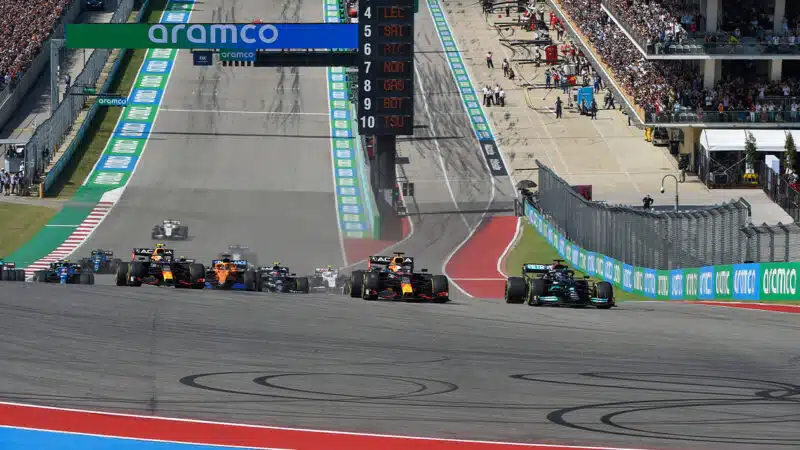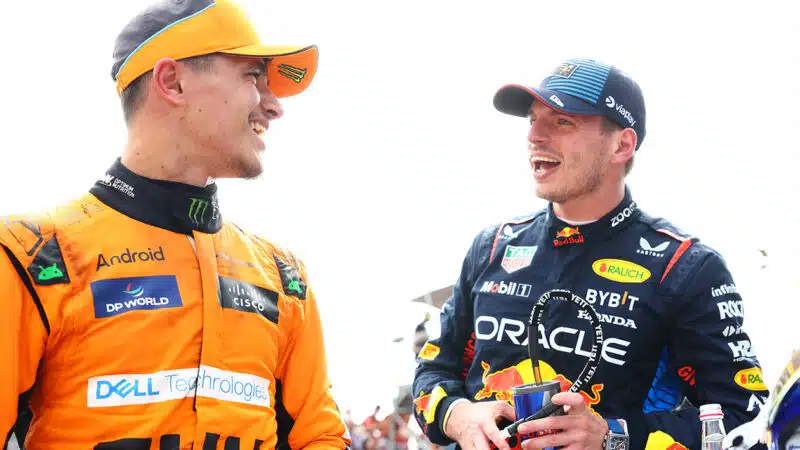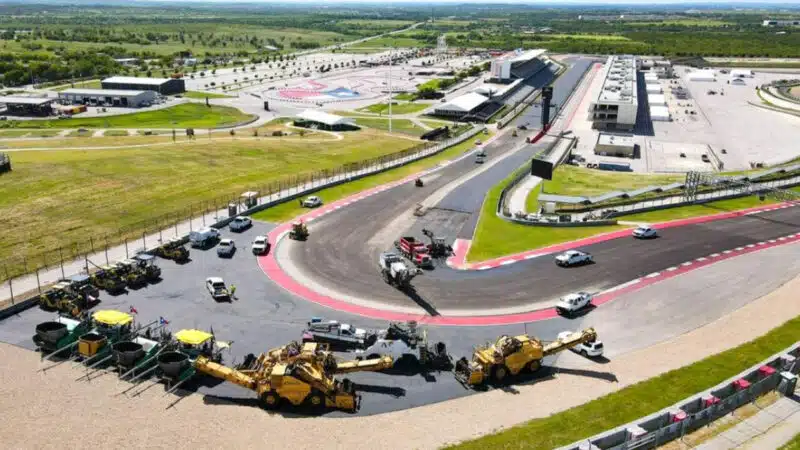As in the latter part of any season they are looking towards the following year’s car, but this time they also have their eyes on the very different 2026 project.
While they can’t run 2026 models in the wind tunnel or conduct CFD work until January 1, they are obviously already doing what they can within the rules, and mechanical work is not restricted.
Over the past couple of months teams have gradually switched their focus away from their 2024 cars, and for the most part the updates that we will see in Austin have been in the pipeline for weeks or months, and have only just reached the track.
Will upgrades change course of title race?
Having said that, those directly involved in the title fight can’t afford to turn the 2024 development tap off completely too soon. Red Bull boss Christian Horner has admitted that valuable lessons were learned about the shortcomings of the RB20 in recent races, and at least some of what we see in Austin will have been signed off pretty recently.
“I think that the encouraging thing was the car reacted as we as we hoped it would,” Horner said after the race in Singapore. “And what our tools were telling us. So I think that’s the encouraging factor.
“And I think that the team is starting to get a direction and understanding of where some of the limitations are, and some of the causes of limitations, that opens up development paths and veins that hopefully will be productive.”
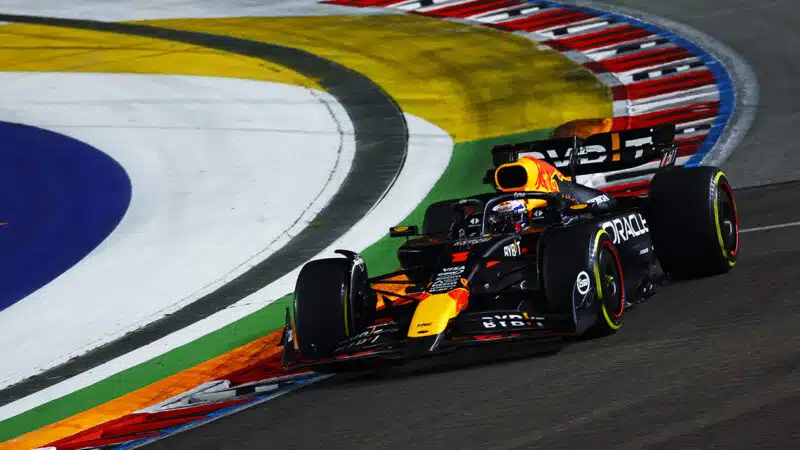
Red Bull was encouraged by its performance in Singapore, where Verstappen finished second
Mark Thompson/Getty via Red Bull
The race to bring new parts to Austin has to be considered in the context of an intriguing aspect of the 2024 season – the degree to which teams have often struggled to make their upgrades, especially revised floors, work as they are intended to do.
Almost every team has introduced new bits that were supposed to bring performance, only to find they either didn’t match what the simulations said, or created compromises elsewhere. We’ve often seen drivers swapping back and forth between old and new aero elements within a race weekend, sometimes ending up with an ad hoc combination.
“I think every team has one more upgrade more or less in the pipeline, or one more thing that they were going to try and do before the end of the year,” said Carlos Sainz when I asked him about Ferrari’s prospects for Austin and beyond.
“So we could still see some swings in performance. At the same time, we’ve seen that upgrades this year don’t mean performance.
“Upgrades this year mean you try and add load to the car, but sometimes that load translates to lap time, and others — like us or other teams, Red Bull, Mercedes, except McLaren — it doesn’t always translate to lap time. So let’s see.”
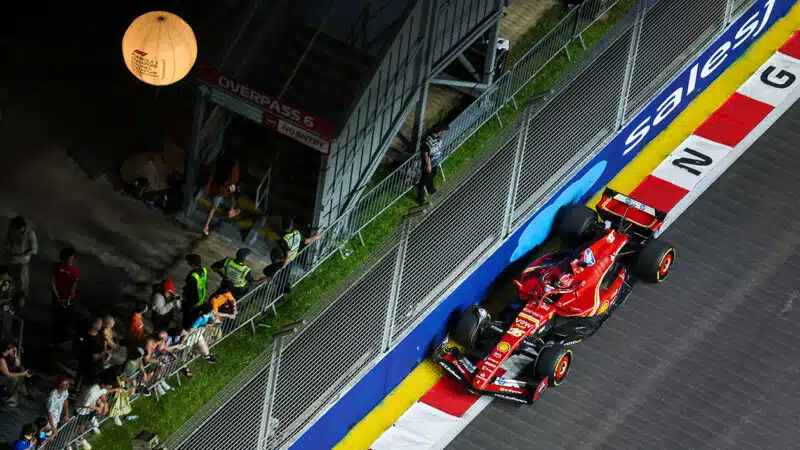
Sainz unsure whether Ferrari upgrades will deliver real improvement
Ferrari
As Sainz noted, one team has successfully managed to avoid such pitfalls. Everything that McLaren has brought to the track appears to have worked, and it has also been relatively cautious in bringing updates since a major package arrived in Miami. Instead the team has perfected a largely unchanged MCL38 – one that has been setting the pace in recent months.
McLaren chief designer Rob Marshall recently gave an intriguing insight into why the strategy of bringing fewer but more substantial updates works.
“Sometimes you just have to hold on a little bit while you wait for a chunk of bits to come all at the same time,” he said. “The advantage in doing that is that often bits don’t combine very well, or as well as you think they would.
